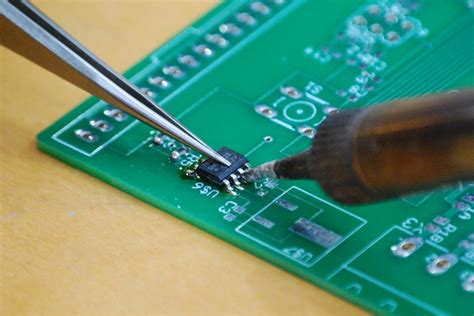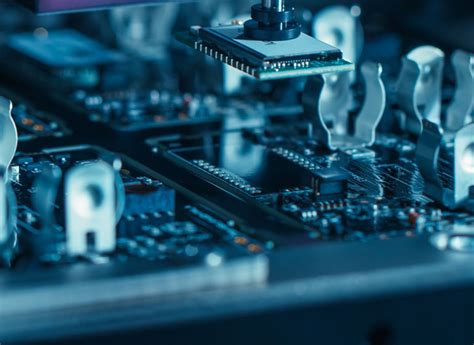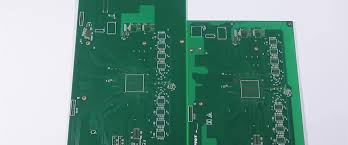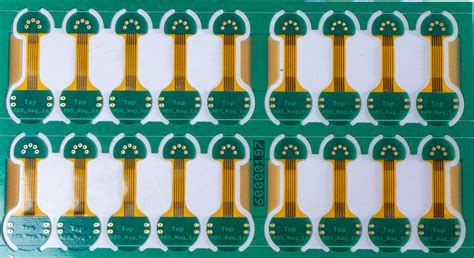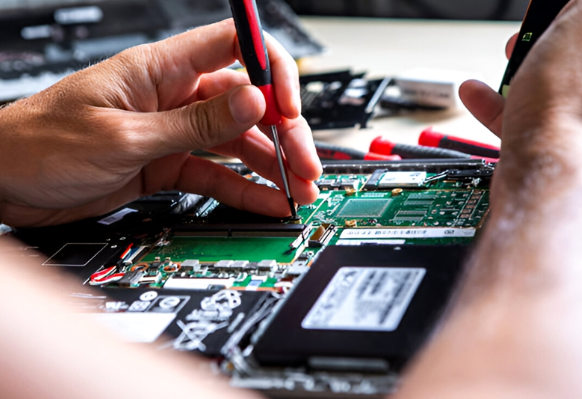Efficient PCB Assembly and Soldering Techniques for Success
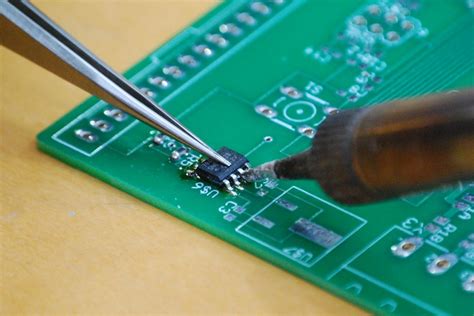
Key Takeaways
When engaging in pcb assembly and soldering, having a clear understanding of essential techniques is crucial for ensuring successful outcomes in your electronic projects. One of the most vital aspects is to consistently implement best practices throughout the process. Such practices include organizing components efficiently, maintaining a clean workspace, and using the correct amount of solder to avoid excess, which can lead to short circuits.
Incorporating a variety of specialized tools can greatly enhance productivity during pcba projects. For instance, using soldering stations with adjustable temperatures can improve precision, while tweezers and magnifying glasses allow for better handling of tiny components. Additionally, proper training on these tools aids in reducing common mistakes that often arise during assembly.
To further improve efficiency, consider establishing a step-by-step workflow. For example:
| Step | Description |
|---|---|
| 1 | Gather all necessary components |
| 2 | Prepare the circuit board by cleaning it and applying solder paste where needed |
| 3 | Place components accurately according to the layout |
| 4 | Use a reflow oven or soldering iron for thermal connections |
| 5 | Inspect the completed assembly |
Moreover, embracing continuous improvement practices can ensure that your pcb assembly processes evolve over time. As you troubleshoot and refine techniques based on previous projects, you contribute to both personal and organizational success in electronic manufacturing.
Ultimately, focusing on these key takeaways will empower you to optimize your approach to pcb assembly and soldering, resulting in higher-quality final products that meet industry standards.
"Quality in PCB manufacturing is not just about meeting specifications; it’s about continuous growth and learning."
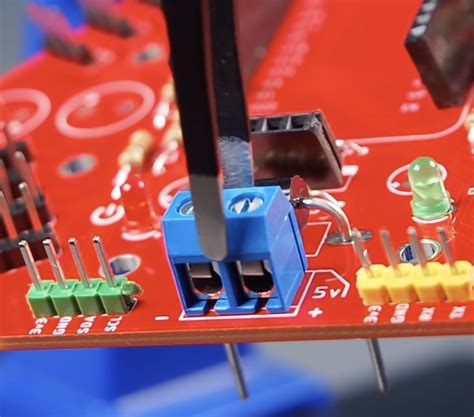
Introduction to PCB Assembly and Soldering
PCB assembly, often referred to as PCBA, is a vital process in the electronics manufacturing industry that involves the assembly of electronic components onto a printed circuit board. This stage is critical as it lays the foundation for the functionality and reliability of electronic devices. The process begins with thorough planning, where one must design a schematic that outlines how components will be placed on the board, taking into consideration factors such as signal integrity, component accessibility, and thermal management.
Once the design phase is complete, efficient assembly of the PCB follows. This typically involves precise placement of components using automated machinery or manual techniques, guided by a keen understanding of component specifications and board layout. An essential aspect of PCB assembly is ensuring compatibility between components and pads on the circuit. Following placement, soldering techniques come into play, which are crucial for establishing effective electrical connections while preventing issues such as cold solder joints or excessive thermal stress.
Proper soldering not only impacts the aesthetic quality of the PCB but also its performance under various conditions. Utilizing appropriate tools—such as soldering irons, solder paste dispensers, and reflow ovens—can significantly enhance efficiency during this phase. Furthermore, understanding common pitfalls in PCB soldering can protect against costly rework and failure in final applications. Thus, mastering these techniques is indispensable for anyone looking to succeed in electronic projects involving PCB assembly and soldering.
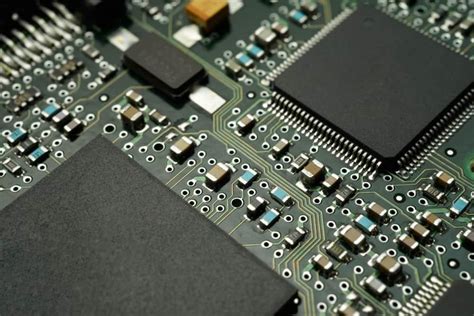
Essential Tools for Efficient PCB Assembly
When embarking on a pcb assembly project, having the right tools at hand is crucial for achieving successful outcomes. Essential tools encompass a variety of equipment that streamlines the pcba process, ensuring both efficiency and quality. First and foremost, a reliable soldering iron is indispensable; its temperature control can greatly influence the strength of solder joints, thereby enhancing overall quality. Additionally, considering the complexity of modern circuit designs, using a PCB holder or fixture can provide stability and precision during assembly. Furthermore, investing in a quality multimeter is vital for troubleshooting electrical circuits throughout the assembly process. It allows you to verify connections and detect any faults that may arise. Other indispensable tools include tweezers for handling small components, wire strippers for preparing leads, and magnifying glasses or microscopes to inspect intricate parts closely. By utilizing these essential tools effectively, you can not only improve your workflow but also ensure that your pcb assembly yields high-quality results that meet your project’s standards. Thus, integrating these tools into your process can significantly elevate the efficiency of pcba, paving the way for successful electronic projects.
Best Practices for Soldering Techniques
When it comes to PCB assembly, mastering effective soldering techniques is crucial for achieving optimal results. One of the first best practices is ensuring that the solder pads on the PCB are clean and devoid of any contaminants like dust or grease before you start soldering. This facilitates better adhesion and reduces the risk of solder defects. Additionally, using the right type of solder is essential; for most electronic projects, lead-free solder is preferred due to its environmental benefits, but it’s important to check compatibility with components.
Temperature control plays a significant role in the soldering process. It’s advisable to use a soldering iron with adjustable temperature settings to avoid overheating components, which can cause damage or affect performance. A temperature around 350°C (662°F) is typically suitable for most applications. Proper technique also entails holding the iron at an angle that allows optimal heat transfer when applying solder; this produces better joints and can prevent cold joints from forming.
Moreover, a steady hand and patience while applying solder can significantly enhance joint quality. A common method is to apply heat from the iron to both the pad and the component lead before introducing solder into the joint area. This ensures uniform melting of both materials. Attention should also be paid to avoid excess solder; a skillfully applied amount leads to tidy connections while reducing potential short circuits.
Finally, don’t overlook using flux, as it helps in heat transfer and promotes better wetting during the PCBA process. Keeping these best practices in mind will help significantly improve your results during PCB assembly and ensure that your electronic projects are reliable and high-quality.
Steps for Successful PCB Assembly
Achieving a successful pcb assembly involves several critical steps that can significantly influence the final quality of the electronic product. The first step is meticulous planning, where one must identify all components and their specifications, as well as create a precise layout of the Printed Circuit Board Assembly (PCBA). Following this, careful preparation of the workspace is essential. A clutter-free and organized environment ensures that all tools and components are easily accessible, reducing the chances of mistakes during assembly.
Next, effective component placement should be executed. This requires a steady hand and a keen eye for details to ensure that each component is positioned accurately according to the design specifications. After placement, the soldering process comes into play. Employing appropriate soldering techniques is vital; using either hand soldering or reflow methods based on the complexity and size of the assembly allows for strong and reliable connections.
Moreover, utilizing high-quality soldering materials cannot be overstated as they contribute to better conductivity and minimize defects. Once soldering is completed, conducting thorough inspections for solder joints and component placements can significantly reduce future failures in electronic functionality. Finally, employing consistent practices across various pcb assemblies will lead to increased efficiency over time, ensuring that every project reaches its fullest potential without compromising quality.
Common Mistakes to Avoid in PCB Soldering
When engaging in pcb assembly and soldering, avoiding common pitfalls can significantly enhance the reliability of the final product. One prevalent mistake is overheating components during soldering, which can damage sensitive electronics; thus, utilizing proper temperature control is crucial. Similarly, failing to apply adequate solder can lead to weak connections and potential device failure. It’s essential to achieve the right balance in the amount of solder used—too little can create poor joints while too much can cause shorts. Another mistake involves neglecting the cleaning process before assembly; contaminants like dust or oils may hinder solder adhesion and overall performance of pcba. Additionally, using inappropriate tools, such as a low-quality soldering iron or subpar solder wire, can compromise results. Adopting best practices such as maintaining tools and ensuring thorough preparation of components will help to avoid these errors. Always remember that each step in pcb assembly is interconnected; a lapse in one area could lead to significant issues later on. By being mindful of these common mistakes, you set your electronic projects up for success and ensure a higher standard of quality in your work.
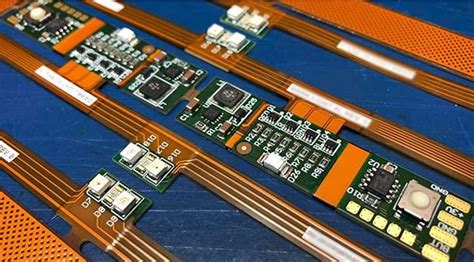
Advanced Methods for Enhanced Productivity
To achieve exceptional results in pcb assembly and soldering, it is vital to explore advanced methods that significantly enhance productivity. One such method is the implementation of automated pick-and-place systems, which can drastically reduce the time needed for component placement while ensuring precision and consistency. By using these machines, operators can focus on more complex tasks that require human oversight, thus optimizing the entire PCBA process. Another effective technique involves the application of thermal profiling during soldering, which ensures that the temperature distribution across the board is even. This helps prevent potential defects caused by overheating or insufficient heating. Additionally, incorporating the use of reflow ovens with precise temperature controls allows for more consistent solder joints when working with surface-mounted devices. Furthermore, to streamline workflow and minimize errors, adopting a modular approach in design and assembly can be beneficial; this allows teams to work concurrently on different sections of a project. By integrating these advanced techniques, businesses can enhance efficiency in pcb assembly processes, leading to improved quality and faster turnaround times on electronic projects.
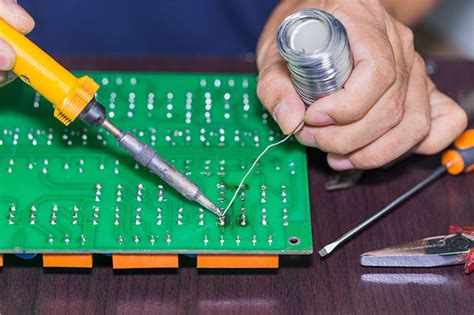
Quality Control in PCB Assembly and Soldering
Quality control in pcb assembly and soldering is essential for ensuring that electronic components function reliably and efficiently. Implementing a robust quality control system can significantly reduce defects and enhance the overall performance of the pcba process. One critical aspect is to establish clear quality standards that outline acceptable tolerances for all components, connections, and solder joints. Regular inspections, both visual and through automated testing methods, can help detect issues early. Techniques such as in-circuit testing (ICT) and functional testing should be integrated into the production workflow to assess the functionality of assembled boards thoroughly.
Moreover, it’s crucial to monitor the soldering process itself. Adopting standards like IPC-A-610 for assessing solder joints can provide a uniform basis for evaluating quality. It’s also beneficial to train staff on these quality standards, as skilled workers are more likely to adhere to best practices during assembly. Additionally, keeping detailed records of production lots can help trace defects back to their origin, facilitating targeted improvements in the assembly process.
By promoting a culture of continuous improvement, teams involved in pcb assembly can contribute not just to maintaining high-quality results but also developing innovative solutions that enhance productivity and efficiency over time. Recognizing that effective quality control encompasses a combination of thorough inspection, staff training, and continuous feedback is key for long-term success in any electronic project involving PCBs.
Tips for Continuous Improvement in Electronic Projects
Continuous improvement in PCB assembly and soldering processes is vital for enhancing overall project efficiency and quality. To achieve this, it is essential to regularly assess and refine existing techniques. One effective strategy is to encourage team members to share their experiences and challenges faced during PCBA. This can lead to the identification of lesser-known issues that might affect productivity. Implementing a structured feedback process, where insights from both successful and problematic projects are documented, can provide valuable data for future endeavors.
Additionally, staying updated with the latest industry trends and advancements is crucial. Attending workshops or online courses focused on soldering techniques not only keeps skills sharp but also introduces new methods that could boost efficiency. Tools play a significant role in this continuous improvement process; investing in high-quality equipment designed for precise PCB assembly can lead to better results and reduce the likelihood of errors during soldering tasks.
Moreover, consider adopting lean manufacturing principles within the workflow. Techniques such as 5S (Sort, Set in order, Shine, Standardize, Sustain) help create an organized workspace that enhances productivity while minimizing waste. Track performance metrics related to assembly time or defect rates as this can highlight areas needing further enhancement. Combining these practices ensures that projects continually evolve toward higher standards of quality and efficiency, ultimately leading to more successful electronic project outcomes.
Conclusion
In conclusion, mastering pcb assembly and soldering techniques is crucial for anyone involved in electronic projects. Through the integration of essential tools and adherence to best practices, individuals can significantly enhance their efficiency during the pcba process. Understanding common pitfalls is also vital; avoiding these mistakes not only preserves material but also fosters a smoother workflow. Employing advanced methods can yield even greater productivity, allowing for quicker turnaround times without sacrificing quality. Implementing strict quality control measures ensures that each project meets the intended specifications, while continuous improvement strategies encourage ongoing development of skills. By focusing on these areas, practitioners can achieve successful outcomes in their pcb assembly endeavors and elevate the standards of their electronic projects.
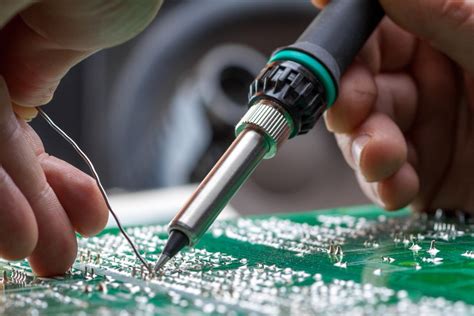
FAQs
What is PCB assembly?
PCB assembly refers to the process of connecting various electronic components onto a printed circuit board (PCB) to create a functional electronic device. This involves several steps, including component placement, soldering, and testing. Understanding pcba is crucial for ensuring that the final product operates as intended.
What tools are necessary for efficient PCB assembly?
To achieve optimal results in pcb assembly, you will need essential tools such as soldering irons, tweezers, multimeters, and PCB design software. Each tool plays a significant role in enhancing accuracy and productivity during the assembly process.
What are some best practices for soldering techniques?
Adhering to best practices in soldering can greatly improve the quality of your pcba work. Key practices include using the right temperature settings, ensuring good thermal contact, and choosing appropriate solder materials. Additionally, maintaining a clean working environment will help avoid contamination of components.
How can I ensure high quality during PCB assembly?
Implementing strict quality control measures is vital during pcb assembly. This can include routine inspections, automated testing systems, and adhering to industry standards throughout the process. Each step must be meticulously executed to ensure the final product meets quality expectations.
What common mistakes should I avoid in PCB soldering?
Some common mistakes include using too much solder, overheating components, and neglecting to inspect for cold joints after soldering. Being aware of these pitfalls will help you achieve cleaner connections in your pcba, ultimately enhancing durability and functionality.
For further guidance on pcb assembly, please click here: Andwin PCB Assembly.

